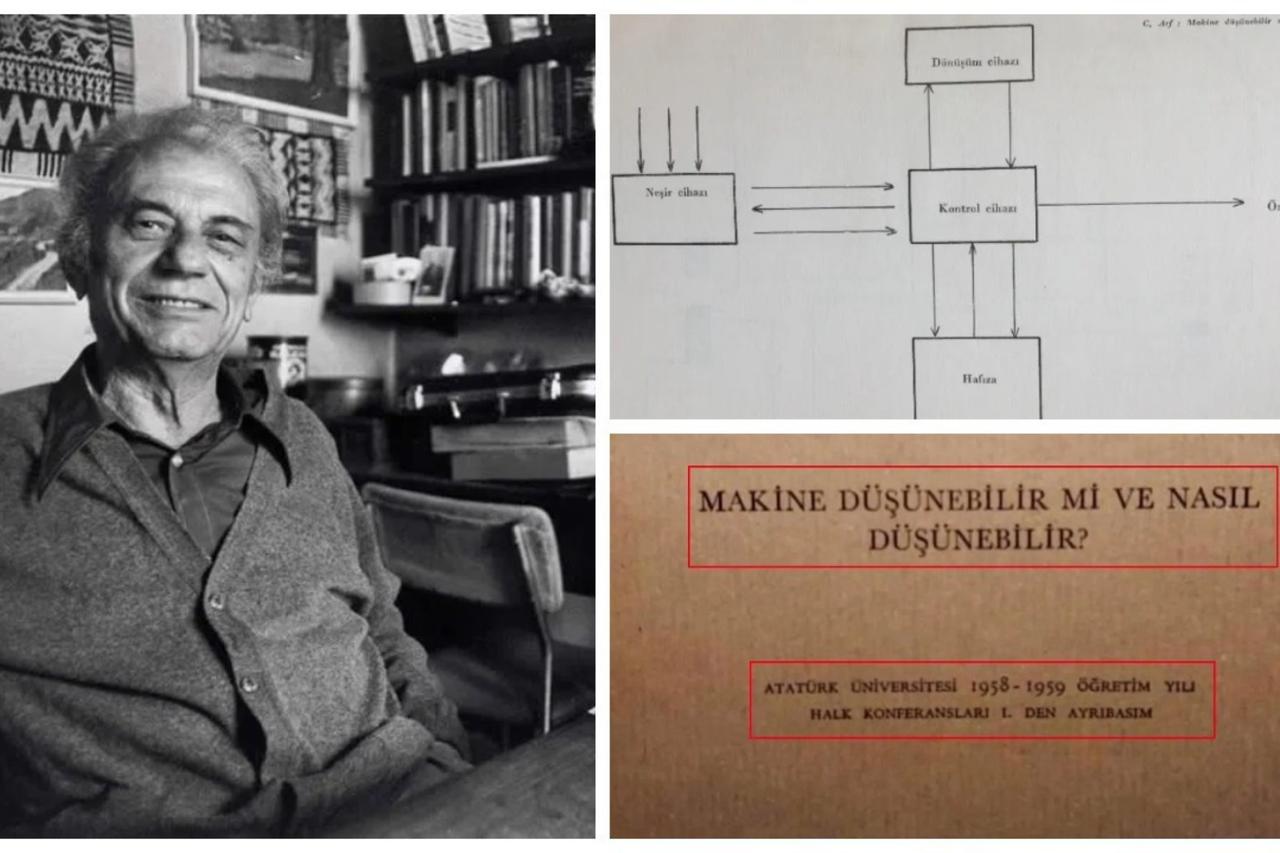
Archival records show that Turkish mathematician Professor Cahit Arf delivered a 1959 public lecture in Erzurum titled, “Can a machine think and how?”
University publications and later compilations confirm the talk and place it among early debates on machine thinking, though the term “artificial intelligence” had already entered the field with the 1956 Dartmouth Summer Research Project.
A social-media claim revives an old question about Arf and an AI-focused talk. The cover shown in the post belongs to Ataturk University’s public lectures series for the 1958–1959 academic year.
The text indicates Arf spoke in the university’s first year and thanked the rector. A 2020 LinkedIn post by Emir Onguener shares what is presented as the full text of the lecture.
Arf compared how people think with how machines work and asked whether machines could “think.” He pointed to simple devices—like a bell alarm clock—that follow rules and could be seen as “thinking” in a limited way, then anticipated the objection that such machines solve only one problem.
He went on to ask whether a machine could be built to solve any problem, including new ones, and sketched a design inspired by how the brain operates.
Ataturk University Press later gathered the material in “Cahit Arf ve Ataturk Universitesi'ndeki Halk Konferanslari" (1958–1960) (Cahit Arf and Public Lectures Series at Ataturk University) by Tarik Tuna Gozutok (2021).
The foreword states Arf delivered three lectures between 1958 and 1960 and engaged with topics such as artificial intelligence, thinking machines, robotic coding, and engineering. It notes that the 1959 and 1960 conference texts had already been published by the university at the time, and the 1959 talk appears as the second chapter. In 2020, Türkiye’s Presidency Digital Transformation Office highlighted the work in a social-media quiz and identified Arf as the author the following day.
Well before Arf’s 1959 lecture, Alan Turing’s 1950 paper “Computing Machinery and Intelligence” examined whether machines could think and proposed the Turing Test, a way to judge machine intelligence through behavior. Five years later, researchers developed the Logic Theorist, known as the first AI program. In 1956, leading scientists convened the Dartmouth Summer Research Project on Artificial Intelligence, which put the phrase “artificial intelligence” into wide circulation and encouraged open-ended brainstorming on the field’s potential.
Although Arf did not make a clear statement about artificial intelligence here, this conference attracted attention as the first conference in the world to discuss this topic.
AI now shows up across education, health, and security, as well as in widely used tools and synthetic media. In May 2023, technology figures including Elon Musk and OpenAI’s Sam Altman signed a letter calling on AI labs to pause work for six months, underscoring how an old question—whether and how machines can think—continues to come up.